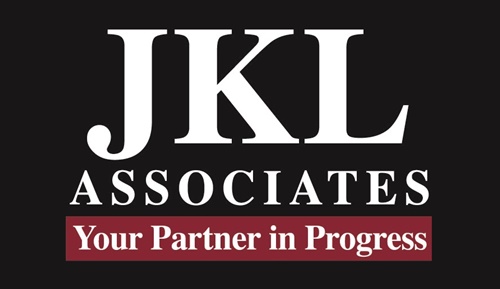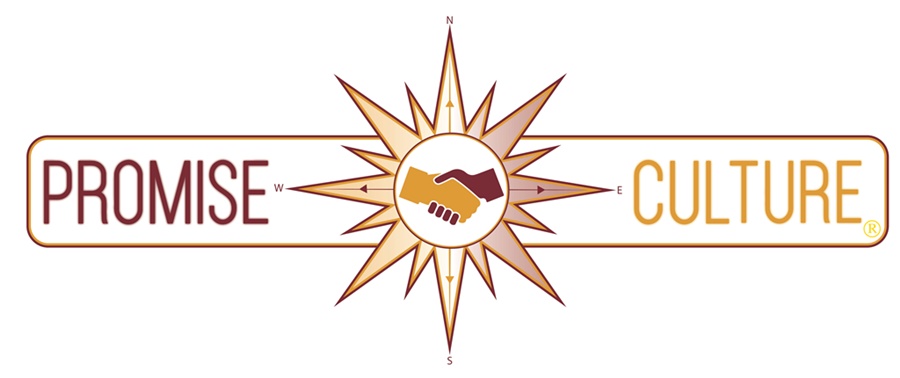Preferences are a pretty strong influence in our lives and in our businesses. Just think about all the events, decisions and outcomes which have taken place just since you woke up this morning and how many of them were influenced by your preferences? Shower before you shave. Putting the dog out before eating breakfast. Black coffee verses tea vs milk etc. These are just a few examples of the things which you have a preference in doing in a particular order. They morph into a routine so you may not even see them as preferences. At some point in the past, you made a choice. You were pleased with the results, so you stuck with it. You took your preference and blended it into a routine.
This same process takes place in your organization every day. There is a procedure for doing something and a person makes a personal preference as to how they want to execute the procedure. They view the outcome as a good result, so it now becomes part of their routine. Someone else doing a similar role also makes a personal preference on executing the procedure and likes the outcome so it now is part of their routine. The challenge is that although the procedure might be done in terms of complete, it may be done in different ways resulting in potentially different outcomes.
When we run our lives and business based on principles rather than preferences, we have a higher degree of consistency thus producing a common experience for everyone involved. For example, the conflict of dealing with a walk-in person vs answering the telephone ringing at the same time. If we allow this situation to default to the individuals’ preferences, then we could potentially get two different ways of handling the same situation.
Team member #1 is an extrovert and loves talking face to face with people. This person might very well ignore the ringing telephone and walk directly to the counter to engage the walk-in customer because that is their preference. Team member #2 is not so outgoing so they might default to their preference of answering the phone because they can avoid the face-to-face interaction. I realize this is hypothetical but oddly enough this actually happens. In both situations a customer experience is potentially placed in jeopardy. If the organization has a principle which defines the behavior most desired by team members, then it provides the necessary framework for team members to execute inside of.
If the principle is that the phone is not to ring more than twice before being answered, it will direct the person to use this in their decision-making effort not their personal preference. Even our team member # 1 who is ready to engage in a face-to-face conversation can look to the walk-in customer and advise them they will be right with them and answer the phone. It places the result on the principle rather than on the situation. The walk-in customer was acknowledged and is informed of the timing of next steps.
If the principle is to engage walk-in customers first on all occasions, then both team members #1 and #2 would need to reach out to a fellow internal colleague to answer the phone while they engage the walk-in customer. This again sets in place a principle not a personal preference.
I realize that no business can have principles for every situation. This was just an example to show how allowing preferences over principles has potential consequences. As you deal with various challenges in your business, rather than just fix that issue, step back and see if a governing principle might help that situation and many others as well. Principles tend to cover large overlapping behaviors when preferences tend to be individualized.
If setting up a guidance system is that missing ingredient to take your business to the next level, give JKL Associates a call at MI (313) 527-7945 or FL (407) 984-7246.


